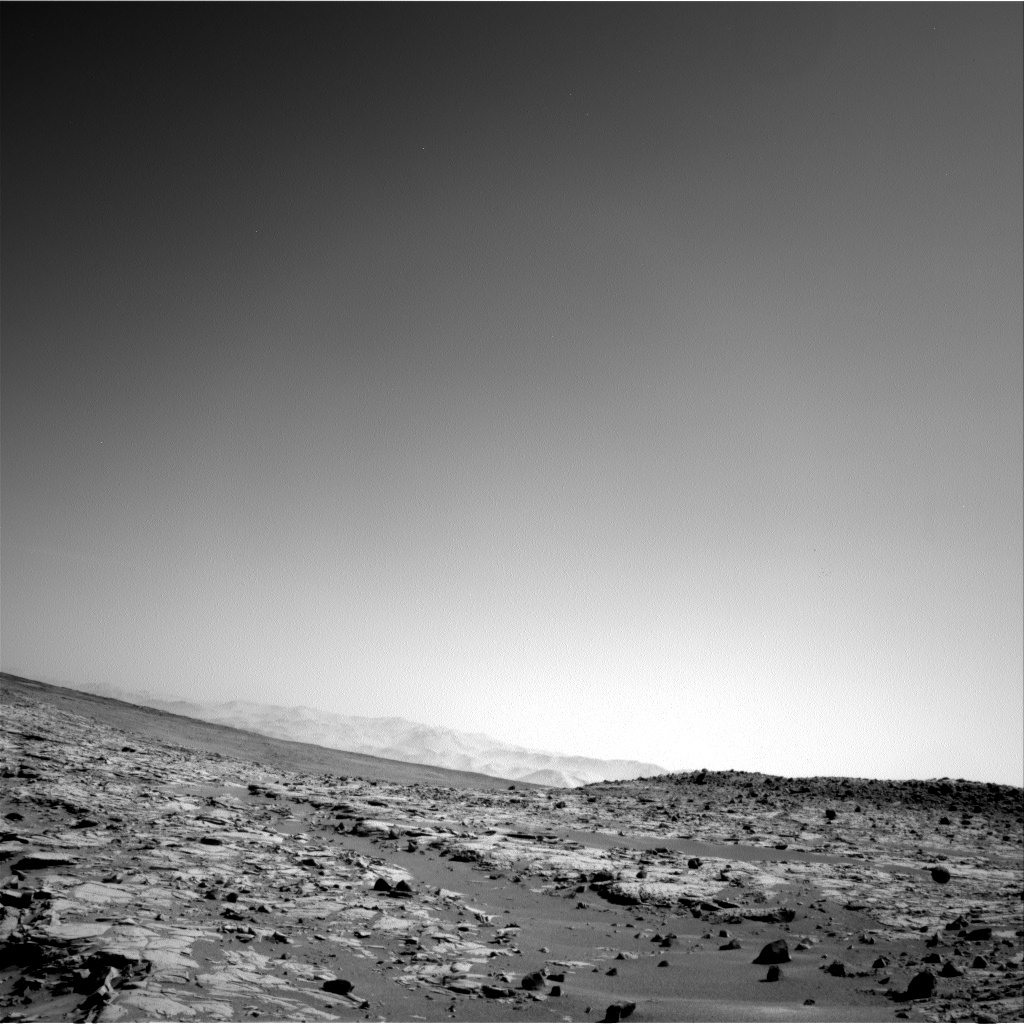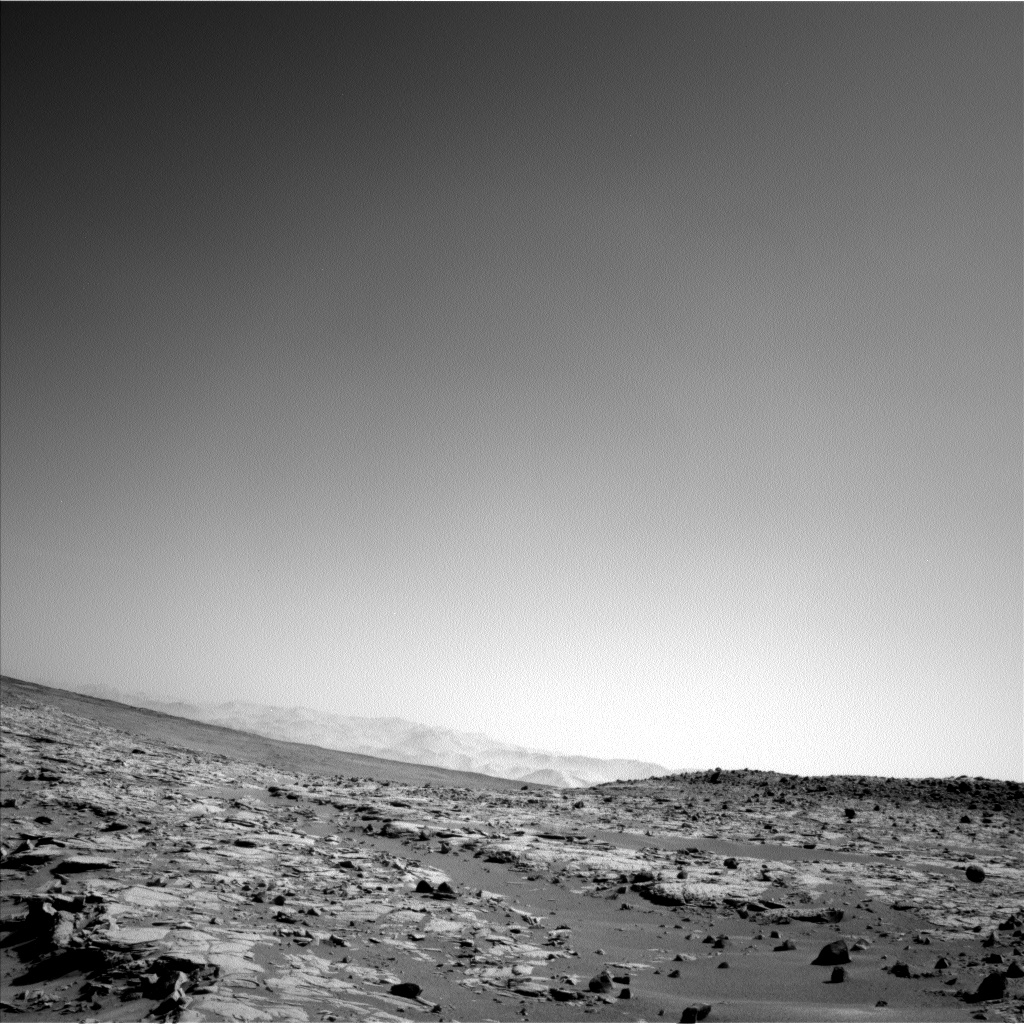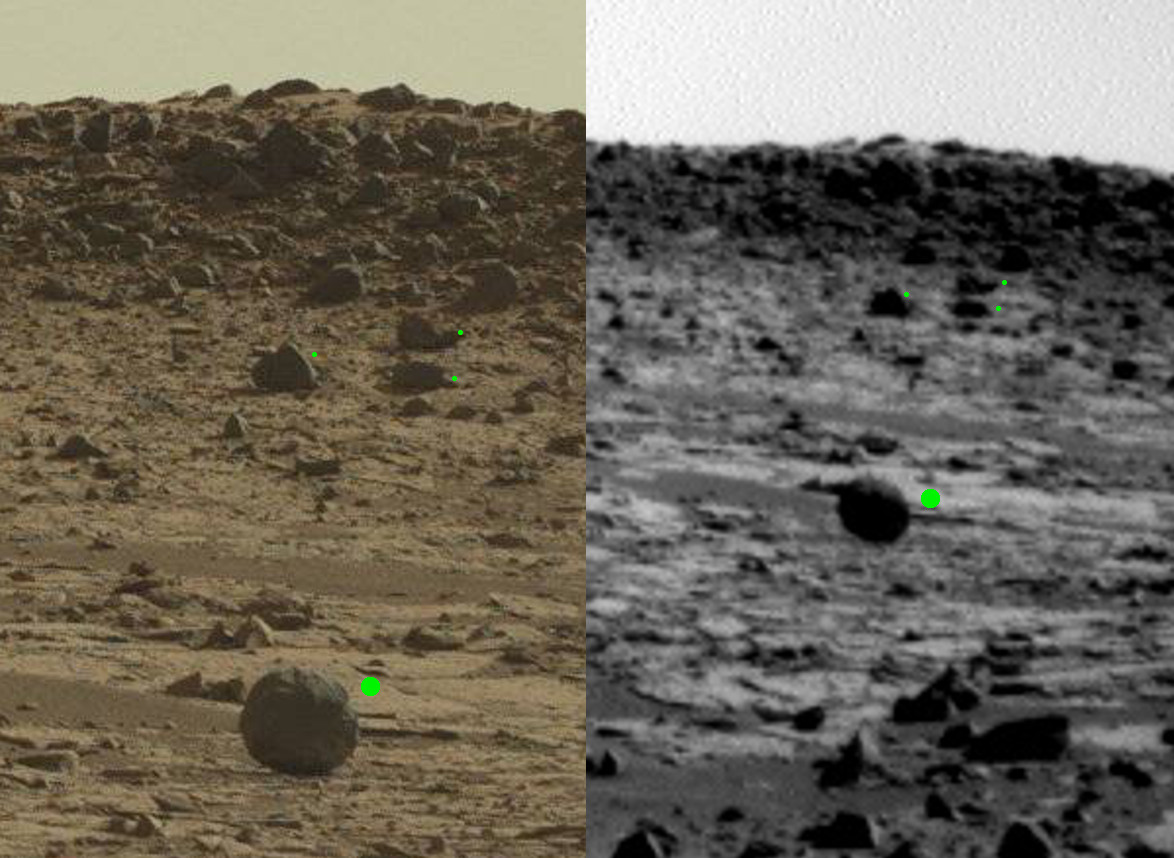It looks like you're using an Ad Blocker.
Please white-list or disable AboveTopSecret.com in your ad-blocking tool.
Thank you.
Some features of ATS will be disabled while you continue to use an ad-blocker.
share:
a reply to: letmeDANz
Exactly!
Some people here are "Official Resident Debunkers" (some other are "something else") and they fight and are upset for any thing that goes a little Beyond their nose.
i don't understand why people are finding it so hard to understand the point being made here.
Exactly!
Some people here are "Official Resident Debunkers" (some other are "something else") and they fight and are upset for any thing that goes a little Beyond their nose.
originally posted by: Arken
a reply to: letmeDANz
i don't understand why people are finding it so hard to understand the point being made here.
Exactly!
Some people here are "Official Resident Debunkers" (some other are "something else") and they fight and are upset for any thing that goes a little Beyond their nose.
And yet his post is filled with errors about Mars and the Solar System. How can we learn the truth and deny ignorance if we don't learn the known facts first?
originally posted by: letmeDANz
As per our 'complete' understanding, earth is/was the only planet with water in the ENTIRE universe, so as per this hypothesis, water erosion is ruled out.
It is widely accepted that liquid water existed on Mars in the past. There is plenty of evidence of flowing water and sediment deposits.
There apparently is no atmosphere on Mars, so WIND erosion?? how?
There is atmosphere on Mars. It's very thin, but it's there, and it's filled with fine dust. Mars also had a thicker atmosphere in the past, when it had flowing water.
Here I am again, debunking and correcting.
Back on the topic, this rock is interesting, and I'm sure any geologists and planetary scientists that noticed it have a geological explanation for how it came to be. That's who we should be asking. A few Curiosity pictures won't solve anything.
a reply to: wildespace
Well this is scary that some still think this...
But a few more pictures of a curious object would have been nice
As per our 'complete' understanding, earth is/was the only planet with water in the ENTIRE universe, so as per this hypothesis, water erosion is ruled out
Well this is scary that some still think this...
A few Curiosity pictures won't solve anything.
But a few more pictures of a curious object would have been nice
a reply to: letmeDANz
Just to make it clearer, letmeDANz, because it is really exciting once you know this: Gale Crater, in which the Rover is roving, was once filled with water. It was either a very large lake or a body of water of ocean size (the crater is three miles deep).
The destination of the Rover are the foothills of Mount Sharp. Mount Sharp is not a mountain, it is a sedimentary fill created by the lake. It has layers of sediments, which the Rover will either explore or test chemically, and with its laser.
Water, water, everywhere.
Just to make it clearer, letmeDANz, because it is really exciting once you know this: Gale Crater, in which the Rover is roving, was once filled with water. It was either a very large lake or a body of water of ocean size (the crater is three miles deep).
The destination of the Rover are the foothills of Mount Sharp. Mount Sharp is not a mountain, it is a sedimentary fill created by the lake. It has layers of sediments, which the Rover will either explore or test chemically, and with its laser.
Water, water, everywhere.
edit on 30-4-2014 by Aleister because: (no reason given)
originally posted by: letmeDANz
i don't understand why people are finding it so hard to understand the point being made here..
As per our 'complete' understanding, earth is/was the only planet with water in the ENTIRE universe, so as per this hypothesis, water erosion is ruled out.
There apparently is no atmosphere on Mars, so WIND erosion?? how?
and for it reach an almost spherical shape indicates a long time of natural erosion...
Thank you for your threads Arken..
not many may not agree with them all, but it certainly peeks your interest to know that we really know nothing about the place we hold in this space..
Uhm, no.
Please do some reading before you make statements like these that are very untrue.
First, Mars does indeed have an atmosphere (how else do you think the skycrane worked?). It's thin, about the same pressure as if you were 30 miles up in the air here on Earth, but it most certainly does have an atmosphere still (and was much thicker in the past), and even has weather on it.
Earth is the only body in our solar system that has liquid water on it's SURFACE. Let's get that straight right now.
There a many other bodies in our solar system that have water. Either frozen solid, both on their surfaces or under them. Some even have liquid water under their surfaces.
Mars has show with out a doubt, that it has had large amounts of liquid water in it's past, before it's atmosphere became too thin to support liquid water on it's surface.
With as much water and more atmosphere in the past, there is no reason why rocks would not have been weathered and eroded then. Much more than now. However, even now, erosion and weathering does still happen on Mars.
Where would the rocks that have been weathered and eroded long ago disappear to? They would still be there. They would not disappear.
Well yes i agree with all of you..
Merely pointing out what we are told to understand about the systems around us..
and that's where the issue lies..
the reality is very different from the 'education' being drilled down..
so if you look at this rock in that perspective, it would be quite surprising..
Plus, add the fact the time or the number of eons that this rock must've been eroded by natural phenomenon, which only means that our planet is not very unique in terms of having atmosphere, water, etc.
Merely pointing out what we are told to understand about the systems around us..
and that's where the issue lies..
the reality is very different from the 'education' being drilled down..
so if you look at this rock in that perspective, it would be quite surprising..
Plus, add the fact the time or the number of eons that this rock must've been eroded by natural phenomenon, which only means that our planet is not very unique in terms of having atmosphere, water, etc.
a reply to: Aleister
Exactly, Aleister.
In my Opening Post I just asked HOW much the puppeteers of the JPL are curious for an anomaly like that arouses their interest. That "Sphere" can be anything: a stone, a fossilized sponge, or something else. Its particular feature, so uncommon, is an anomaly that deserve a more accurate inspection to know what really it is.
Frankly the intensity of the rejection of the evidence of some members, it makes me think of something else, now.
We all agree that the rover graze on the bottom of a lake / sea.
And that with high probability, in my opinion, in its wanderings it has found, and will find biological traces of what was once the fauna and plants in those waters.
Water, water, everywhere.
Exactly, Aleister.
In my Opening Post I just asked HOW much the puppeteers of the JPL are curious for an anomaly like that arouses their interest. That "Sphere" can be anything: a stone, a fossilized sponge, or something else. Its particular feature, so uncommon, is an anomaly that deserve a more accurate inspection to know what really it is.
Frankly the intensity of the rejection of the evidence of some members, it makes me think of something else, now.
We all agree that the rover graze on the bottom of a lake / sea.
And that with high probability, in my opinion, in its wanderings it has found, and will find biological traces of what was once the fauna and plants in those waters.
edit on 30-4-2014 by Arken because: (no reason given)
a reply to: Arken
Just in the very same image there are several stones that also look rather round, up on that hill

This one is rounder than all the others, and looks to have rolled down the hill at some point in the past.
Forgive me if I'm not too spooked out by a roundish boulder.
Just in the very same image there are several stones that also look rather round, up on that hill

This one is rounder than all the others, and looks to have rolled down the hill at some point in the past.
Forgive me if I'm not too spooked out by a roundish boulder.
edit on 30-4-2014 by Rob48 because: (no reason given)
a reply to: Rob48
Yeah, I noticed that earlier too, but didn't want to post it (although it may not have rolled, there are no tracks or marks which would probably have made an imprint). Now that you have, yep, roundness is the new oblong.
A round object on Mars may not be that unusual, but Arken's is a pretty good example for its size.
Yeah, I noticed that earlier too, but didn't want to post it (although it may not have rolled, there are no tracks or marks which would probably have made an imprint). Now that you have, yep, roundness is the new oblong.
A round object on Mars may not be that unusual, but Arken's is a pretty good example for its size.
edit on 30-4-2014 by Aleister because: (no reason given)
edit on 30-4-2014 by Aleister because: (no reason given)
a reply to: Aleister
Is there any way of figuring out the size of this thing? Are there maps plotted showing the location of the rover at a given point, distances to landmarks etc? With no known objects for scale it is pretty well impossible to get an idea of size.
(As for the lack of tracks, I'm not suggested it rolled recently. Some time in the geologic past, maybe, in which case any tracks would have long since eroded away.)
It looks to be the same colour and type as, and not too distinctive in shape from, a whole heap of rocks up there on that hill. If there were an obvious "erratic" (to use the geological term) that didn't appear to match its surroundings, then sure they should take a look. But a big rock that totally matches the other big rocks nearby, apart from being a bit more rounded, is not something worth wasting time on, surely.
Is there any way of figuring out the size of this thing? Are there maps plotted showing the location of the rover at a given point, distances to landmarks etc? With no known objects for scale it is pretty well impossible to get an idea of size.
(As for the lack of tracks, I'm not suggested it rolled recently. Some time in the geologic past, maybe, in which case any tracks would have long since eroded away.)
by Arken
That "Sphere" can be anything: a stone, a fossilized sponge, or something else. Its particular feature, so uncommon, is an anomaly that deserve a more accurate inspection to know what really it is.
It looks to be the same colour and type as, and not too distinctive in shape from, a whole heap of rocks up there on that hill. If there were an obvious "erratic" (to use the geological term) that didn't appear to match its surroundings, then sure they should take a look. But a big rock that totally matches the other big rocks nearby, apart from being a bit more rounded, is not something worth wasting time on, surely.
edit on
30-4-2014 by Rob48 because: (no reason given)
a reply to: Rob48
What an eye opener! Thank-you Rob48 for pointing out the other "roundish" boulders up on that hill. I suppose over a few million years, our big bowling ball boulder will be joined by a few others as they wear, and also as the sand on the hill is slowly eroded from beneath them.
What an eye opener! Thank-you Rob48 for pointing out the other "roundish" boulders up on that hill. I suppose over a few million years, our big bowling ball boulder will be joined by a few others as they wear, and also as the sand on the hill is slowly eroded from beneath them.
Why do people think that NASA has to investigate everything that they think is weird? A round rock... they MUST go and send the rover there or its a
cover up.
NASA is full of extremely clever people, I'm sure they know when they do and don't need to investigate a rock.
(I'm not saying they're always telling the truth, of course.)
NASA is full of extremely clever people, I'm sure they know when they do and don't need to investigate a rock.
(I'm not saying they're always telling the truth, of course.)
Amazing find Arken I would say the Martians also prepare for World championship Soccer...
Amazing find Arken I would say the Martians also prepare for World championship Soccer...
Same thing I've thought when i saw that Ball... "Brazuca"...
The Rover is in Brazil...

edit on 30-4-2014 by Arken because: (no reason given)
originally posted by: Aleister
As to formation, maybe it was near a very active part of Gale Lake (Gale Ocean, if the entire crater was full up to the three mile mark), and water erosion carved it out. As the water receded maybe the levels went into river-size water flow which would have again, depending on where the rock was in the river/lake water flow, created the rounding effect seen from this particular angle.
Thinking on this possibility on others. Fact of the matter is that it is there in front if it and appears to be the only one arround (something I consider strange in itself) and I would think Nasa would be very interested in at least looking in it it. OR maybe they already know where it came from and don.t want the public to know of the giant mars bunnies crapping everywhere.
a reply to: Rob48
Yes actually there is a way to determine it's size and distance.
Clark Andersen, wrote a Photogrammetry and RangeFinder Application that works with several of the different rovers on Mars.
Here is a link to the application that can be downloaded and installed:
AlgorimancerPG
However, it will not work with Mast Cam images, but will work with the Nav Cam stereo pairs.
So I went and found the stereo pair from the Left and Right Nav Cams and found the rock in them, here is a link to the stereo pair:
Right B Nav Cam
Left B Nav Cam
Here are those images:


Compare them to the Mast cam image to make sure we are looking at the same rock by identifying the same land marks:

So yes, it is the same rock.
Download the Left and Right pair, then use the App to find out how far away it is:

Based upon the calculations, the rock is about 37 meters away from the rover.
Now that you know how far away it is, you can estimate it's size, which in this case means it is at least a couple of meters across.....so instead of rock, we should be saying boulder now.
Hope this helped.
Yes actually there is a way to determine it's size and distance.
Clark Andersen, wrote a Photogrammetry and RangeFinder Application that works with several of the different rovers on Mars.
Here is a link to the application that can be downloaded and installed:
AlgorimancerPG
However, it will not work with Mast Cam images, but will work with the Nav Cam stereo pairs.
So I went and found the stereo pair from the Left and Right Nav Cams and found the rock in them, here is a link to the stereo pair:
Right B Nav Cam
Left B Nav Cam
Here are those images:


Compare them to the Mast cam image to make sure we are looking at the same rock by identifying the same land marks:

So yes, it is the same rock.
Download the Left and Right pair, then use the App to find out how far away it is:

Based upon the calculations, the rock is about 37 meters away from the rover.
Now that you know how far away it is, you can estimate it's size, which in this case means it is at least a couple of meters across.....so instead of rock, we should be saying boulder now.
Hope this helped.
a reply to: eriktheawful
Thanks for that, very helpful. If that distance is correct, though, then I don't think there is any way that the rock as big as a couple of metres.
The navcams have a 45-degree field of view. So at a distance of 37 metres I make the field of view to be 2 x 37 x (tan 22.5°) = 30.6 metres. (It's late and I don't have a pen to draw the diagram so forgive me if my trig is way off beam here!)
I am not near my computer now so I can't measure the rock but there's no way it is one fifteenth of the width of the picture. Can anyone with a graphics program measure the pixel width of the rock, divide by the total pixel width of the image and then multiply by approximately 30? That ought to give the rock's rough diameter in metres.
(I notice now that the program above also gives an estimated size per pixel at that distance of approx 3cm, so there's another check.)
Thanks for that, very helpful. If that distance is correct, though, then I don't think there is any way that the rock as big as a couple of metres.
The navcams have a 45-degree field of view. So at a distance of 37 metres I make the field of view to be 2 x 37 x (tan 22.5°) = 30.6 metres. (It's late and I don't have a pen to draw the diagram so forgive me if my trig is way off beam here!)
I am not near my computer now so I can't measure the rock but there's no way it is one fifteenth of the width of the picture. Can anyone with a graphics program measure the pixel width of the rock, divide by the total pixel width of the image and then multiply by approximately 30? That ought to give the rock's rough diameter in metres.
(I notice now that the program above also gives an estimated size per pixel at that distance of approx 3cm, so there's another check.)
edit on
30-4-2014 by Rob48 because: (no reason given)
new topics
-
Las Vegas UFO Spotting Teen Traumatized by Demon Creature in Backyard
Aliens and UFOs: 1 hours ago -
2024 Pigeon Forge Rod Run - On the Strip (Video made for you)
Automotive Discussion: 1 hours ago -
Gaza Terrorists Attack US Humanitarian Pier During Construction
Middle East Issues: 2 hours ago -
The functionality of boldening and italics is clunky and no post char limit warning?
ATS Freshman's Forum: 3 hours ago -
Meadows, Giuliani Among 11 Indicted in Arizona in Latest 2020 Election Subversion Case
Mainstream News: 4 hours ago -
Massachusetts Drag Queen Leads Young Kids in Free Palestine Chant
Social Issues and Civil Unrest: 4 hours ago -
Weinstein's conviction overturned
Mainstream News: 5 hours ago -
Supreme Court Oral Arguments 4.25.2024 - Are PRESIDENTS IMMUNE From Later Being Prosecuted.
Above Politics: 7 hours ago -
Krystalnacht on today's most elite Universities?
Social Issues and Civil Unrest: 7 hours ago -
Chris Christie Wishes Death Upon Trump and Ramaswamy
Politicians & People: 7 hours ago
top topics
-
Krystalnacht on today's most elite Universities?
Social Issues and Civil Unrest: 7 hours ago, 9 flags -
Weinstein's conviction overturned
Mainstream News: 5 hours ago, 6 flags -
University of Texas Instantly Shuts Down Anti Israel Protests
Education and Media: 9 hours ago, 6 flags -
Supreme Court Oral Arguments 4.25.2024 - Are PRESIDENTS IMMUNE From Later Being Prosecuted.
Above Politics: 7 hours ago, 5 flags -
Massachusetts Drag Queen Leads Young Kids in Free Palestine Chant
Social Issues and Civil Unrest: 4 hours ago, 4 flags -
Meadows, Giuliani Among 11 Indicted in Arizona in Latest 2020 Election Subversion Case
Mainstream News: 4 hours ago, 4 flags -
Chris Christie Wishes Death Upon Trump and Ramaswamy
Politicians & People: 7 hours ago, 2 flags -
Any one suspicious of fever promotions events, major investor Goldman Sachs card only.
The Gray Area: 12 hours ago, 2 flags -
Gaza Terrorists Attack US Humanitarian Pier During Construction
Middle East Issues: 2 hours ago, 2 flags -
2024 Pigeon Forge Rod Run - On the Strip (Video made for you)
Automotive Discussion: 1 hours ago, 1 flags
active topics
-
Terrifying Encounters With The Black Eyed Kids
Paranormal Studies • 77 • : burritocat -
Nearly 70% Of Americans Want Talks To End War In Ukraine
Political Issues • 91 • : Xtrozero -
Fossils in Greece Suggest Human Ancestors Evolved in Europe, Not Africa
Origins and Creationism • 87 • : Consvoli -
Thousands Of Young Ukrainian Men Trying To Flee The Country To Avoid Conscription And The War
Other Current Events • 140 • : Xtrozero -
Las Vegas UFO Spotting Teen Traumatized by Demon Creature in Backyard
Aliens and UFOs • 6 • : grey580 -
The functionality of boldening and italics is clunky and no post char limit warning?
ATS Freshman's Forum • 12 • : grey580 -
Krystalnacht on today's most elite Universities?
Social Issues and Civil Unrest • 4 • : marg6043 -
Candidate TRUMP Now Has Crazy Judge JUAN MERCHAN After Him - The Stormy Daniels Hush-Money Case.
Political Conspiracies • 789 • : WeMustCare -
University of Texas Instantly Shuts Down Anti Israel Protests
Education and Media • 193 • : cherokeetroy -
2024 Pigeon Forge Rod Run - On the Strip (Video made for you)
Automotive Discussion • 7 • : TheInvisibleRedneck

